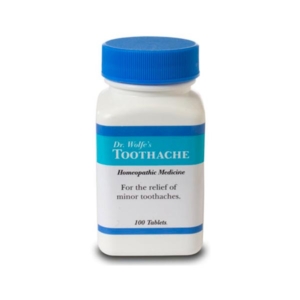Other Facts
70 million Americans experience sleep disturbances and sleep apnea approximately 20 million Americans.
32% of Americans get less than 6 hours of sleep.
Over long periods, sleep apnea results in intellectual and memory deterioration.
Inadequate or poor sleep can result in fatigue and impaired alertness on the job, which can be hazardous when operating heavy machinery or driving a motor vehicle.
The U.S. National Highway Traffic Safety Administration cited drowsiness as a factor in 100,000 police-reported crashes annually, involving 80,000 injuries and deaths.
In one survey of drivers, 55% answered that they had driven when drowsy in the past year, and 23% said that they had fallen asleep while driving.
4% of all motor vehicle fatalities are attributed to driving while sleepy. Therefore, sleep deprivation poses imminent risks to individuals and society.
Snoring and obstructive sleep apnea are obstructive respiratory medical disorders that occur during sleep. After medical evaluation, common treatment procedures are CPAP (continuous positive airway pressure, a nasal mask worn while sleeping) or surgery. Dentistry also offers a treatment for these medical conditions. Oral appliances can provide a possible treatment alternative for managing patients who are suffering from the symptoms of sleep-disordered breathing. Such oral appliances reposition the patient’s jaw in order to open and maintain the patient’s airway at night to maximize oxygen flow, to reduce or eliminate snoring, and to decrease the number of respiratory obstructed events to an acceptable level.
How much and in which dimension to reposition the patient’s jaw can be pre-determined by an instrument called a Pharyngometer / Rhinometer. This instrument uses technology referred to as acoustic reflectometry, whereby sound waves are broadcast through a tube (around which the patient places their lips) into the oral cavity down into the pharynx (throat). As the sound waves rebound back into the transmitter and sensors in the tube, a computerized imagery displays a graphic representation of the patient’s airway from the teeth down 15 to 20 cm to their hypopharynx. Distance vs. volume is plotted, and the practitioner is then able to have a perception of where the narrowest (least volume) and most unstable areas of the patient’s airway are located. By monitoring this display as the patient opens and moves their jaw forward, the dentist is able to determine in advance if an oral appliance would be helpful to establish more pharyngeal volume (total airway space) in cases of snoring and diagnosed cases of sleep apnea. Such technology not only serves the dentist by providing information as to where the best positioning for the mandible is located to maintain a stable airway, but also serves as a crucial tool to assist in screening for obstructive sleep apnea and referral for a medical diagnosis. In addition, the common understanding by lay people is that snoring is caused by obstruction in the nasal passage. The use of the Rhinometer can tell immediately if there is a nasal obstruction and then the patient can be referred to an Ear, Nose and Throat doctor for evaluation / correction.
Communication between the physician and dentist in managing patients with snoring and sleep apnea is vitally important. Such technology as precisely fabricated appliances by means of the Pharyngometer / Rhinometer allow the dentist and physician to more effectively coordinate patient care.
Note: Dr. Wolfe provides complimentary screenings for sleep apnea by appointment at 505-299-6950.









